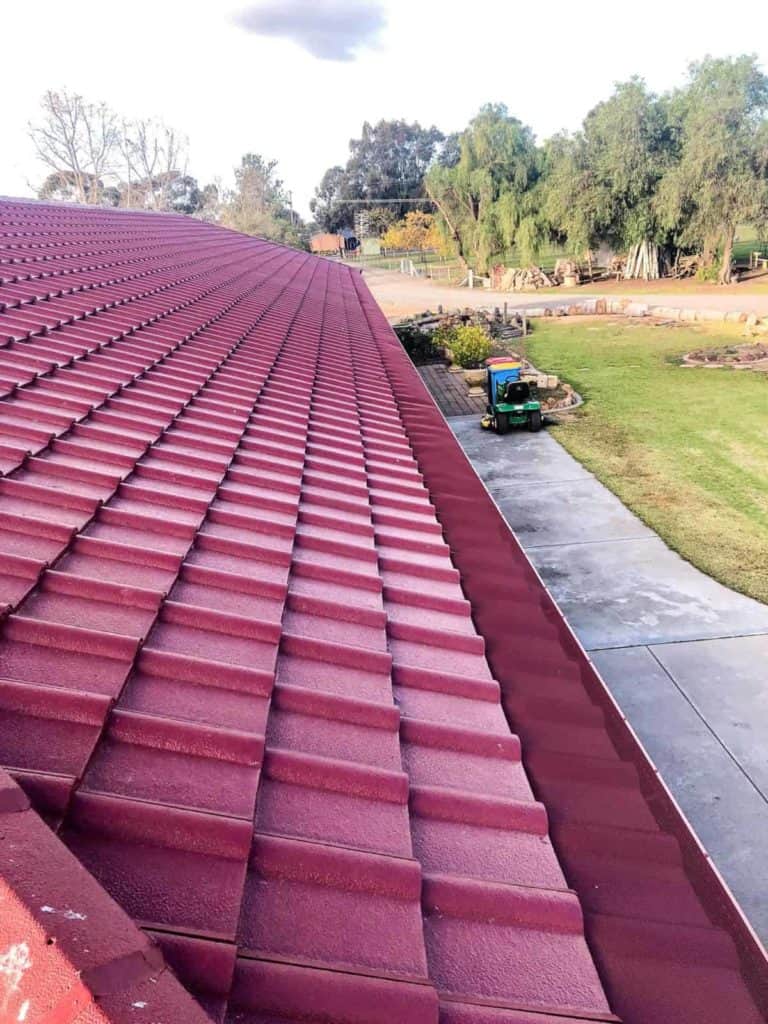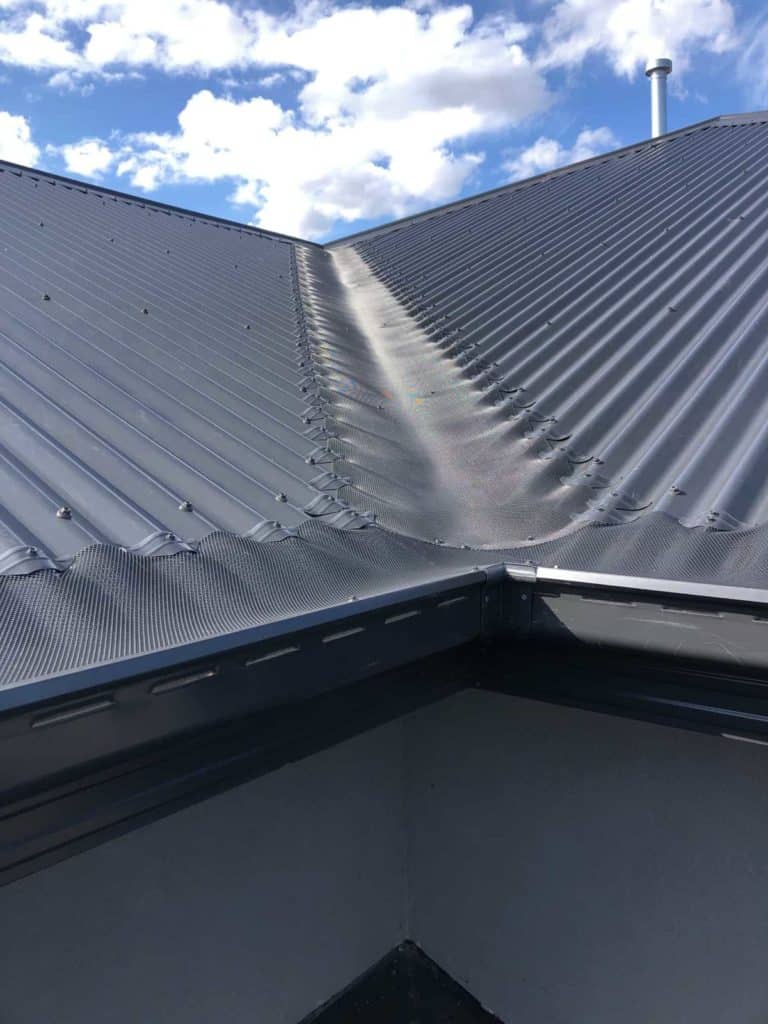Although the recent high rainfall levels have made for a gloomy winter, if you have a water tank installed, you’ll now have a full tank of high quality rainwater ready to service your home.
Rainwater can be harvested from rooftops in both rural and urban areas, and stored in rainwater tanks to use around your home. If you haven’t installed a rainwater tank, you should seriously consider it.
Benefits of harvesting rainwater:
- Collecting rainwater can reduce your water bill.
- Rainwater does not contain any of the nasty chemicals found in tap water, making it ideal for showering and gardening, and reducing the harm to your plumbing infrastructure.
- Harvesting rainwater is a great way to make your home self-sufficient, and provides a source of reserve water in dry spells or power outages.
- As it is a renewable energy source, it is an environmentally friendly way to provide water to your home, and if filtered and treated properly, it can even be used for drinking water.
You might be wondering how much rainwater you can harvest in your area, and if it would be worthwhile to install a rain water tank.
How to calculate the amount of rainwater you can collect from your roof:
1. First, calculate the annual average rainfall in your area using the Australia’s Bureau of Meteorology website.
2. Next, calculate the total surface area of your roof, where the water will be collected from. To do this, you’ll need to multiply the length and width of the roof to get the total surface area in square meters.
3. Then, multiply the annual rainfall (in mm) by the total surface area of your roof (in m2) to calculate the estimated number of litres you should be able to harvest.
For example, an average-sized home with a roof size of 200m2, located in Melbourne with an average yearly rainfall of 603mm, can collect an estimated 120,600L of water per year.
To put this into perspective, 120,600 litres of water could provide your home with 1,206 five minute showers, 603,000 cups of tea, or 804 washing machine cycles each year.
Rainwater Tank Installation
Rainwater tanks are a great long-term investment, but how do you go about getting a rainwater tank installed?
You’ll first need to determine the type of rainwater tank you’ll require, based on the reason for collecting rainwater. If you are harvesting rainwater for use in the garden or for showering, a large steel or plastic tank will be suitable. However, if you want to be able to drink the harvested water, you’ll need a smaller, separate tank installed with a specialised filtration system.
Initially, the installation of your rainwater tank can be a little pricey, depending on what type of tank you decide to install, where it will be installed and if the tank will be fitted to your main water supply. It’s best to hire a licensed plumber to complete the installation to ensure your tank will not interfere with the public water supply that all regulations are met. Although this can be an expensive setup, it’s important to remember the long-term benefits of installing a rainwater tank, and the fact that rainwater is free.
To ensure your water tank collects water efficiently, it is worth considering having gutter guards installed to prevent drain blockages and a build-up of debris that can affect the quality of the water. Gutter guard mesh will stop sticks, leaves, nests, pest excrement and insects from filtering through into your rainwater tank.
Talk to Aussie Gutter Protection, the leading gutter guard service in Melbourne, about installing gutter guard protection to ensure your rainwater tank is collecting only the best rainwater for your home.








